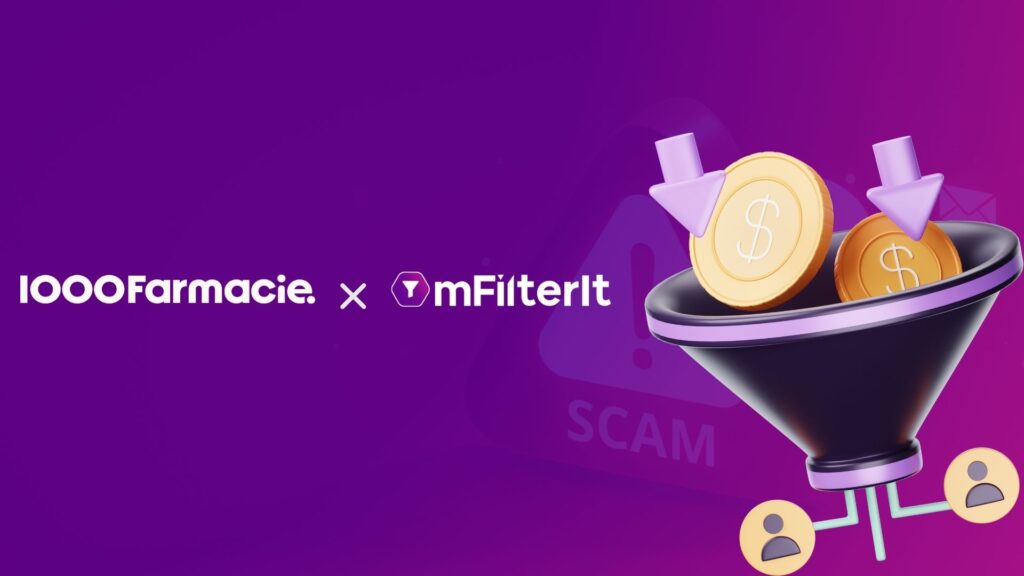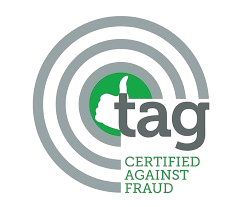The global programmatic advertising market size is expected to grow at a CAGR of 22.8% from 2024 to 2030. Programmatic advertising encompasses a wide range of digital channels, from walled gardens like Google and Facebook to connected television (CTV) and OTT. This variety of channels’ capacity increased the reach of advertisements to even broader groups of audiences.
However, this wider scope of innovation has also opened the door to significant fraud, with programmatic ad fraud becoming a growing concern for marketers worldwide. With the programmatically run advertisements at $546billion in 2023 according to a Statista report, the volume of ad fraud and low-quality impressions stand at 15-20% according to mFilterIt reports.
To make their digital campaigns a success advertisers need AI-ML driven ad fraud analytics to improve ROAS (return on ad spends) and reduce budget wastages.
Table of Contents
ToggleAre reputed ad platforms, trade desks and walled gardens also affected by programmatic ad fraud?
Programmatic ad fraud broadly refers to the malicious practice of manipulating online ad campaigns through automated software, to generate revenue.
Nowadays new ad platforms, trade desks and reputable walled gardens are coming into the limelight with advertisers having a positive perspective and confidence about them. This confidence stems from the fact that they have positioned themselves as platforms having a clean inventory with superior quality traffic making a differentiated mark from traditional affiliates.
As ad fraud analytics uncovers, it is not the case. These platforms are bigger black boxes than affiliates, and the fraud rates are similar with new tactics uncovering every day. Advertisers need to place a check on these platforms through independent third-party validation tools which can provide a full-funnel analysis.
New tactics that are coming up in the programmatic ad ecosystem are:
- Frequency Cap Breaches – Frequency capping is when a brand sets a limit on the number of times its advertisement is displayed to a given user within a specific time frame. Breaching this leads to oversaturation, which means the ads are shown to the same users instead of reaching a broader audience. This not only wastes ad spending but also lowers the reach of the ads and the campaign’s overall efficacy, which is in violation of the objective of the branding campaign. mFilterIt has identified approx. 25% of f-cap violations depending on the campaign.
- Inaccurate OTT Viewability Scoring – Viewability metrics are crucial for determining if an ad has been viewed by a human or a bot. Uncertain data from inaccurate metrics might make it challenging for advertisers to assess the success of their efforts. Without accurate viewability, brands may end up paying for impressions that their intended audience never saw.
- Low-Quality Impressions –These impressions come from content that mainly attracts visitors who are not genuinely interested in the brand or product. It comes from sites specially designed to generate clicks from clickbait sites resulting in limited reach and exposure. Such sites have poor conversion rates causing brands to waste budget and inefficient ad placements. These are mostly generated by Made-For Ad Sites (MFAs). The ANA report on ad fraud states that MFA websites represent 21% of impressions and 15 % of ad spend overall.
How do these affect programmatic advertising?
According to ANA, the current $88 billion open web programmatic media ecosystem is rifted with waste. In addition to revenue losses, there are other ways ad fraud can harm brands. These include:
- Damage to the brand reputation as ad fraud can cause advertisements to appear on unsuitable websites and consumers may associate the brand with such negative connotation.
- Inadequate campaign performance ad fraud distorts data and analytics, producing false campaign performance benchmarks. As a result, decisions are made using erroneous data, which leads to ineffective marketing strategies.
- Diminished customer trust potential customer numbers can be lost for brands in the future as well.
- Reduced campaign ROI significantly due to fraudulent activities, as a portion of the ad spend was diverted on non-genuine interactions.
mFilterIt Solutions to combat these threats
The simplest and most efficient way to protect the interest of your brand is to use ad fraud detection tool to combat the new tactics of fraud in programmatic ad ecosystem:
- In the case of F-Cap Violation using a creative serving hub, that sets the views per user per day to a certain limit with real-time monitoring to ensure no user sees the ad more than that set limit, helps to maximize reach and engagement.
- Further, the viewability metrics can be checked by implementing a viewability attention score based on how much attention users give to ads. This can provide a more apt picture of whether the ads are truly seen and engaged by real users or not.
- Low-quality impressions through Made-for-Ad Sites can be avoided by detecting and blacklisting these MFA sites. Suppose an ad network red flags a site as MFA, the specialized algorithms will automatically blacklist this site from the ad placement list.
Final thought
Programmatic ad has offered brands the chance to reach audiences with scalability but also opened doors to sophisticated forms of ad fraud that undermine their efforts to outshine the digital ad market. But at the same time, advanced AI-ML solution provider mFilterIt empowers the brands to fight this complex battle proactively.









